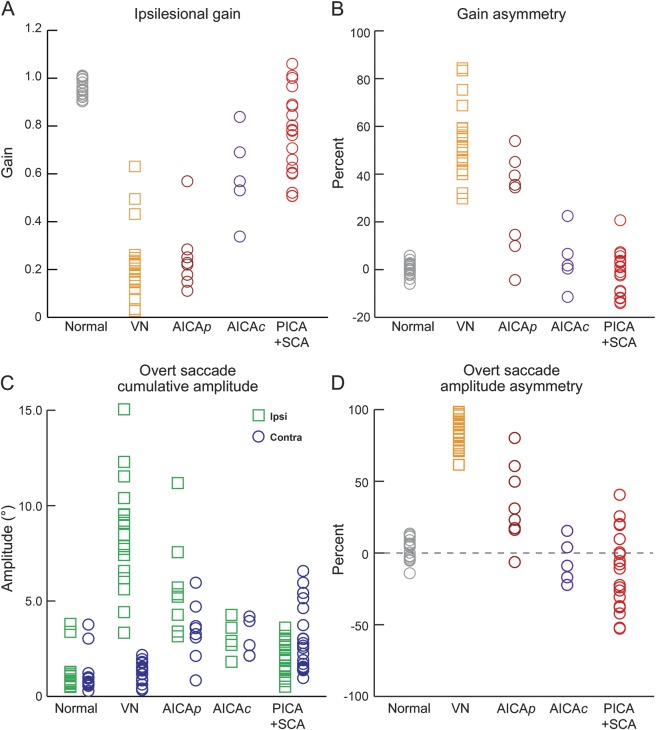Figure 3. Gain and saccade properties in PCS and VN.
(A) Normal gains were just below unity and symmetric. Ipsilesional gains were lowest in vestibular neuritis (VN) and anterior inferior cerebellar–peripheral (AICAp) stroke, and ranged from 0.50 to 0.60 to unity in anterior inferior cerebellar artery–central (AICAc) and posterior inferior cerebellar/superior cerebellar artery (PICA/SCA) strokes. Gains in VN overlapped with pontine-cerebellar stroke (PCS). (B) Gain asymmetry was large with the ipsilesional gain lower in VN and, to a lesser extent, in AICAp stroke, but was relatively small in AICAc and PICA/SCA strokes. Some AICAc and PICA/SCA strokes had negative gain asymmetry. (C) Overt saccade amplitude asymmetry (As) compares ipsilesional and contralesional saccade amplitudes. Normal As was close to zero. In vestibular neuritis (VN), As was strongly positive indicating saccade dominance during ipsilesional head impulse. Asymmetry was less pronounced in AICAp stroke, and even less in AICAc stroke. In PICA/SCA strokes, As was comparable to AICA stroke. Negative As indicates more frequent or collectively larger saccades during contralesional trials. (D) Overt saccade cumulative amplitudes, the equivalent of clinical head impulse test, were very large ipsilesionally in VN compared with normal subjects. In PCS, amplitudes during ipsilesional trials were smaller than in VN, and comparable to normal subjects except in AICAp stroke. Contralesionally, amplitudes were larger than in VN and in normal subjects, particularly in PICA/SCA strokes.

